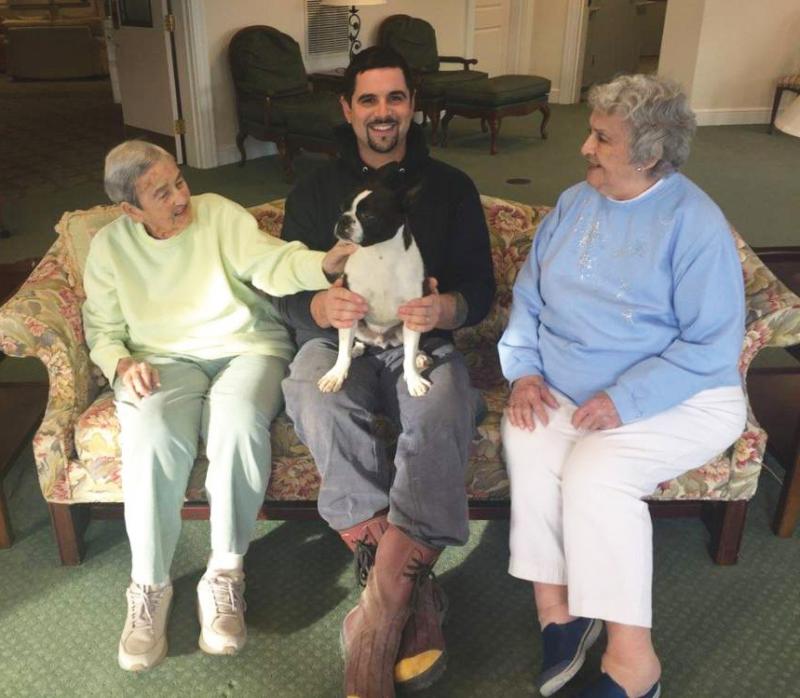

Of the 28.4 million caregiving households that have a child 8 to 18 years of age living there, 3.2 percent, or 906,000 households, include a child caregiver (National Alliance for Caregiving, 2005). Nationwide, there are approximately 1.3 to 1.4 million child caregivers who are between the ages of 8 and 18. In some disadvantaged neighborhoods, up to 20 percent of children have a grandparent or relative as their primary caregiver (Butts, 2005).Ī large number of children and adolescents, referred to as caregiving youth, are also serving as caregivers for sick or disabled siblings, parents or aging relatives. Grandmothers constitute the largest proportion - 63 percent - of these caregivers, and African-American families represent the majority - 52 percent of - all caregiving grandparents.

Census Bureau estimates that approximately 5.7 million grandparents live with grandchildren in their households, and that 2.4 million of those co-resident grandparents are primary caregivers for their grandchildren, representing 42 percent of all grandparents residing with their grandchildren (U.S. Caregivers are equally distributed among urban, suburban and rural areas, however, caregivers in rural areas face unique challenges including limited access to primary and emergency health care, supportive services, and accessible transportation (Easter Seals and National Alliance for Caregiving, 2007). Nearly two-thirds of family caregivers are employed full or part-time (National Caregiving Alliance, 2004) they disproportionately come from lower-income households: 44 percent live in households under twice the federal poverty level, compared with one-third of non-caregivers (The Commonwealth Fund, 2005). Further, women are likely to assist with more difficult caregiving tasks, such as toileting and bathing, while men are more likely to assist with finances or arrange for other care (Family Caregiver Alliance, 2012). While men also provide assistance, female caregivers tend to spend more time providing care than male caregivers (21.9 versus 17.4 hours per week). The percentage of family or informal caregivers who are women range from 53 to 68 percent, according to the Family Caregiver Alliance. Seven in ten caregivers are non-Hispanic White, 13 percent are African-American, and 2 percent each are Hispanic or Asian-American (National Alliance for Caregiving, 2009).Įstimates also suggest that the majority of caregivers are female. households) served as family caregivers for an ill or disabled relative. adult population involving 31 percent of all U.S.

According to estimates from the National Alliance for Caregiving, during the past year, 65.7 million Americans (or 29 percent of the adult U.S.


 0 kommentar(er)
0 kommentar(er)
